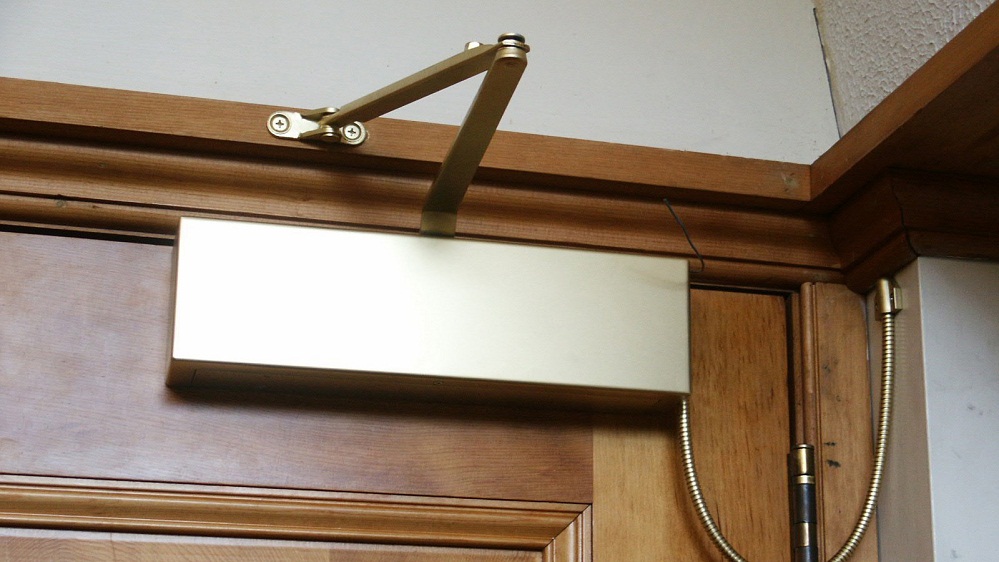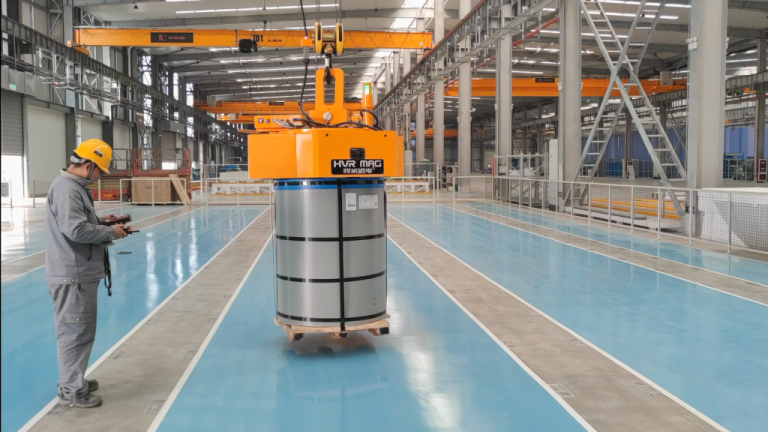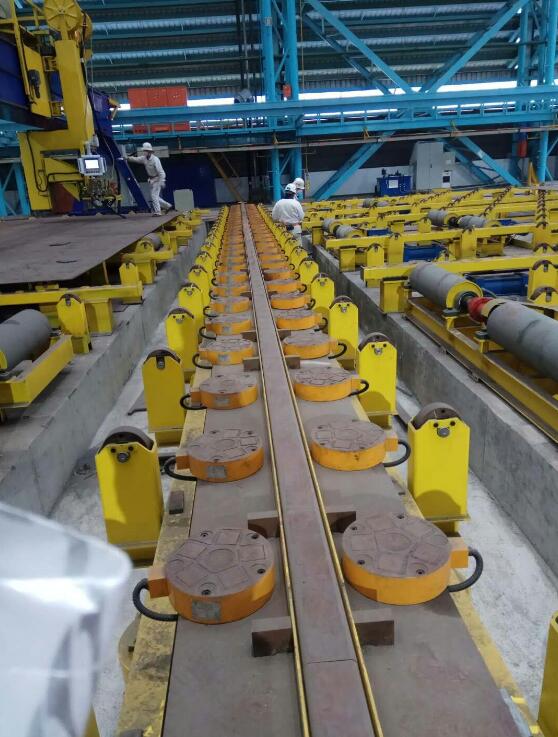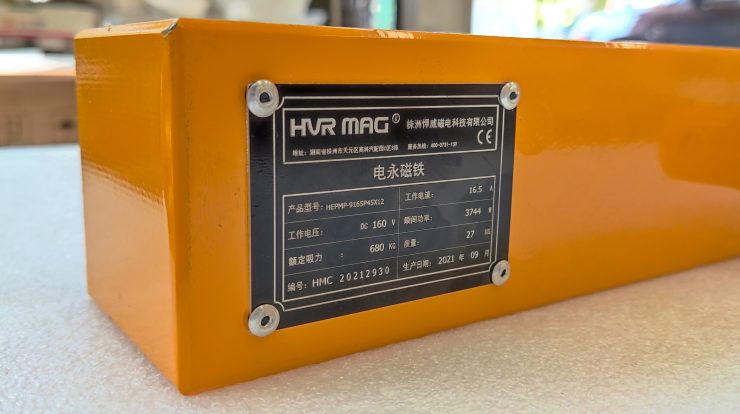What Is Electromagnetic Lock and How It Works?


What Is Electromagnetic Lock?
An electromagnetic lock, magnetic lock, or maglock, is a locking device that consists of an electromagnet and an armature plate. It is a magnet that is created when an electrical current is passed through a solenoid (coiled wire wrapped around a metal core).
Types of Electric Locking Devices
There are two main types of electric locking devices. Locking devices can be either “fail safe” or “fail secure”. A fail-secure locking device remains locked when power is lost. Fail-safe locking devices are unlocked when de-energized. Direct pull electromagnetic locks are inherently fail-safe.
How Does It Work?
An electromagnetic lock creates a magnetic field when energized or powered up, causing an electromagnet and armature plate to become attracted to each other strongly enough to keep a door from opening.
The principle behind a maglock is the use of electromagnetism to lock a door when energized. The holding force should be collinear with the load, and the lock and armature plate should be face-to-face to achieve optimal operation.
The magnetic lock relies upon some of the basic concepts of electromagnetism. Essentially it consists of an electromagnet attracting a conductor with a force large enough to prevent the door from being opened. In a more detailed examination, the device makes use of the fact that a current through one or more loops of wire (known as a solenoid) produces a magnetic field. This works in free space, but if the solenoid is wrapped around a ferromagnetic core such as soft iron the effect of the field is greatly amplified. This is because the internal magnetic domains of the material align with each other to greatly enhance the magnetic flux density.

Pros and Cons of Electromagnetic Lock
Pros
- Remote operation: it can be turned on and off remotely by adjusting the power source.
- Easy to install: Magnetic locks are generally easier to install than other locks since there are no interconnecting parts.
- Quick to operate: Magnetic locks unlock instantly when the power is cut, allowing for quick release in comparison to other locks.
- Sturdy: Magnetic locks may also suffer less damage from multiple blows than do conventional locks. If a magnetic lock is forced open with a crowbar, it will often do little or no damage to the door or lock. There are no moving parts in an electromagnetic lock to break.
Cons
- Requires a constant power source in order to be secure.
- Can de-energize in the event of a power outage, disabling security.
- Expensive in comparison to mechanical locks.
Requires additional hardware for safe operation






